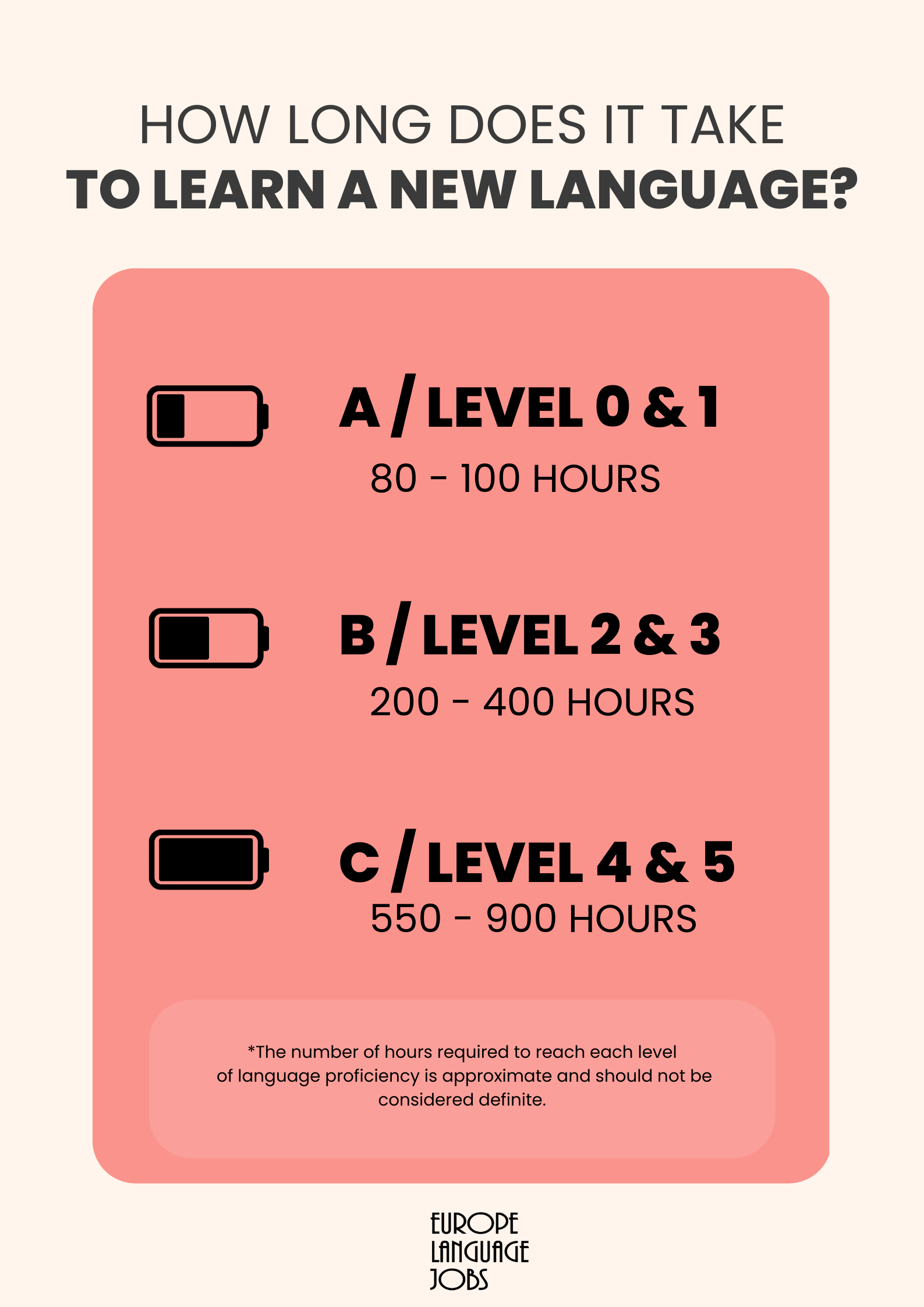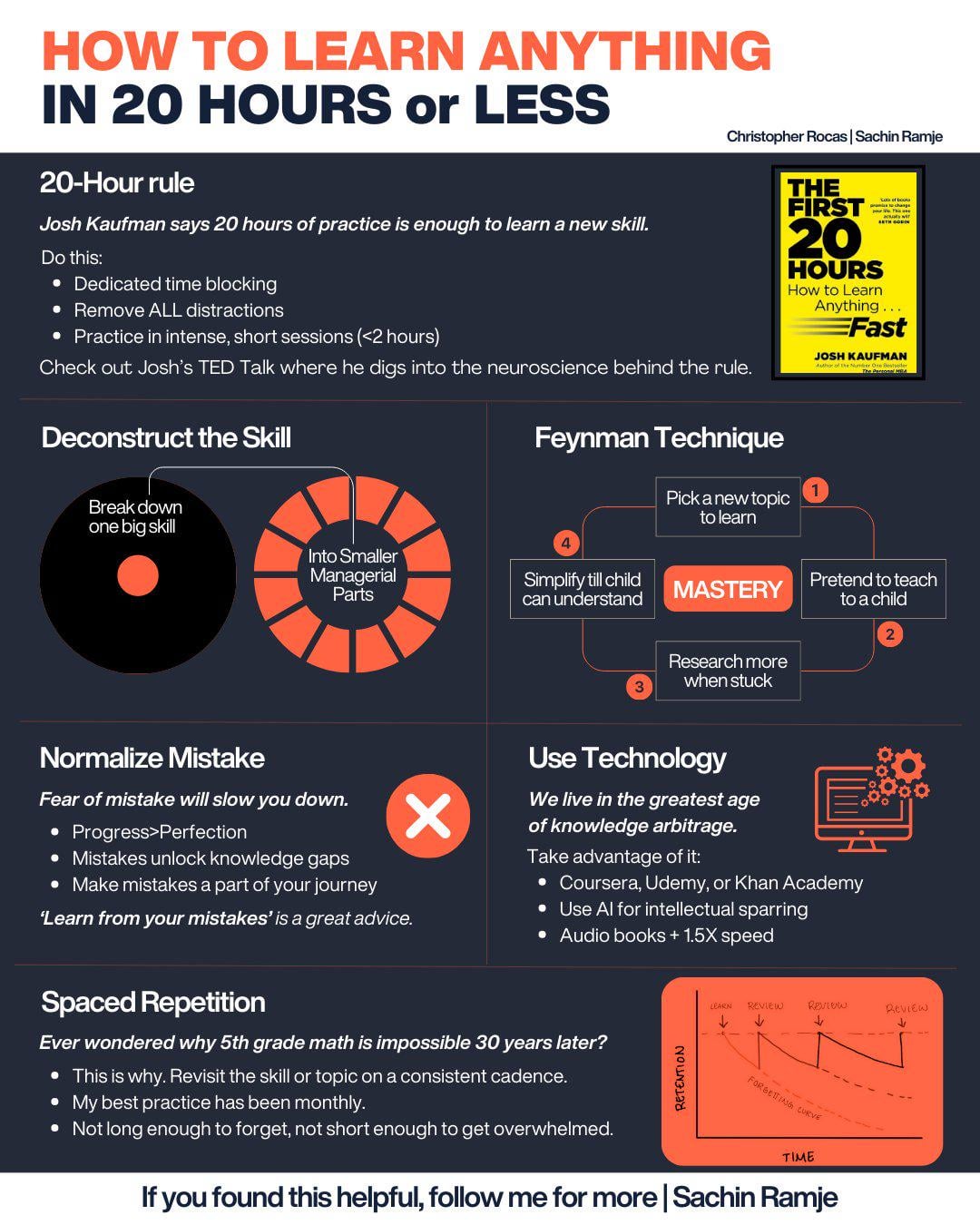So, you hear these numbers thrown around, right? “Get good at X in Y hours!” I saw one that stuck with me: 400 hours. Someone, somewhere, probably on a forum or a barely-read blog, claimed that 400 hours was the magic number to really get your head around this new, supposedly revolutionary, visual coding system in a big-shot game engine. I thought, “Okay, 400 hours. That’s like 10 weeks of full-time work. I can do that. I can dedicate that.”

My Big Plan and The First Steps
I was all fired up. I blocked out time, made a schedule. I was gonna be a visual scripting wizard. The first 50 hours? Not bad, actually. Clicking nodes together, making a cube move, simple stuff. I followed the official tutorials, felt like a genius. “This is easy,” I thought. “Maybe those 400 hours are for, like, building a whole universe.” Oh, the sweet ignorance.
Then I hit the 100-hour mark. I tried to do something a bit more complex. You know, manage a small inventory system, or make an AI character that didn’t just run into walls. That’s when things started to get… sticky. The easy drag-and-drop stuff suddenly became a tangled mess of wires that looked like a bowl of spaghetti someone had sneezed on. Debugging it? A nightmare. It wasn’t coding in the traditional sense, but it had all the frustrations, plus the added bonus of not being able to easily search for solutions online because everyone’s visual mess looked different.
The Grind and The Growing Doubt
Between 100 and 250 hours, that was the real grind. I was wrestling with it. I’d spend an entire day trying to get one specific interaction to work, only to scrap it and start over. My process was something like this:
- Watch a tutorial that promised to unlock “advanced techniques.”
- Try to adapt it to my own little project.
- Fail spectacularly.
- Spend hours tweaking nodes, values, connections.
- Realize I’d misunderstood a fundamental concept, or the tutorial skipped a crucial step.
- Go back to simpler things, feel defeated, then try again.
I remember hitting about 300 hours. I could make things, sure. But “mastery”? Fluent? Not even close. I felt like I was constantly fighting the tool, not working with it. Every time I thought I understood a system, I’d find an edge case that broke everything, or a limitation that forced me into absurd workarounds. It was like trying to write a novel using only emojis. Possible, maybe, but incredibly painful and inefficient for anything complex.
The 400th Hour and The “Revelation”
So, I hit the 400-hour mark. I sat back. Looked at what I could do. Yeah, I could make a character jump, shoot a basic projectile, open a door. But was I fast? No. Was it elegant? Definitely not. Could I build something genuinely complex and maintainable without wanting to tear my hair out? Absolutely not.

And that’s when it sort of clicked, not in a “eureka!” moment, but more like a slow, dawning realization. This whole “400 hours to get good” was probably written by someone who either A) already had a decade of programming experience and just picked up the visual syntax quickly, B) only ever made super simple stuff with it, or C) was just plain exaggerating. Or maybe, just maybe, this specific tool, despite all the hype, wasn’t the silver bullet I, or they, thought it was for everything.
I started looking at what folks who were building really impressive stuff were actually using. And a lot of them, for the complex logic? They were diving back into actual code, or using this visual system for very specific, limited tasks, not the whole shebang. It was like I’d spent 400 hours trying to become a master carpenter using only a fancy new hammer, when what I really needed was to learn how to use the saw, the chisel, and understand the wood itself.
What I Actually Got From Those 400 Hours
So, were those 400 hours wasted? No, not entirely. I learned a lot about that specific engine. I learned what that visual tool was good for, and more importantly, what it wasn’t good for, at least for me and my goals. I learned to be super skeptical of anyone promising mastery in a fixed, smallish number of hours for anything remotely complex. Most importantly, I learned that sometimes, the hyped-up “easy” way is actually a much harder, more frustrating path for complex problems than just buckling down and learning the foundational stuff properly.
I actually ended up pivoting. I went back to basics with C# for that engine. And you know what? My progress on complex systems became way faster. The logic was clearer. It wasn’t as “visual” initially, but the power and flexibility were there. The 400 hours with the visual stuff gave me a weird appreciation for text-based code, ironically. It taught me that the real skill isn’t just connecting nodes; it’s about understanding logic, structure, and problem-solving, no matter what the interface looks like. And that, my friends, takes a heck of a lot more than a neat 400-hour package.